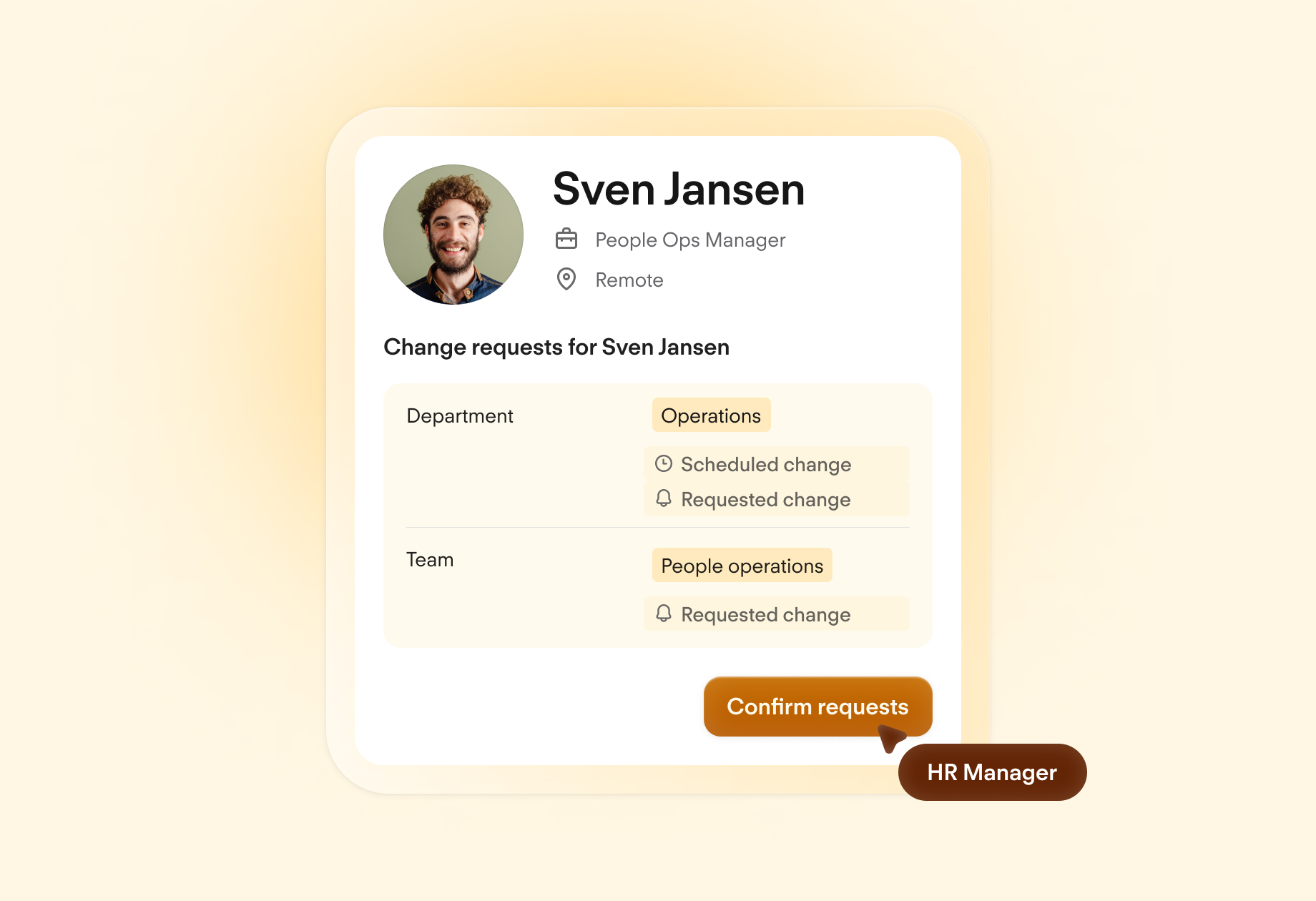Latest Blog Posts
What is the Legal Working Temperature in the UK?
Let’s consider the minimum and maximum legal working temperatures in the UK. After all, temperature can be a major factor when it comes to workers' productivity in the workplace.
It doesn’t matter if the temperature is too hot during the summer or too cold during winter; it can still affect the wellbeing and productivity of employees if it goes to extremes.
Contents
- 1The Minimum Legal Working Temperature in the UK
- 2The Maximum Legal Working Temperature in the UK
- 3At What Temperature Should Employees Stop Working?
- 4What Happens During Extreme Weather Circumstances?
- 5What About Outdoor Legal Working Temperatures in the UK?
- 6How Do You Define Legal Working Temperatures in Your Organisation?
The Minimum Legal Working Temperature in the UK
There are no legal working temperatures in the UK. Although, there are recommended working temperatures with the minimum requirement being 16ºC. The recommendation from the Health and Safety Executive (HSE) suggests this minimum, but there’s no penalty for companies if they don’t uphold that temperature in the workplace.
Companies are required by law to assess risk in the workplace and ensure that all of their employees are protected from any potential hazards.
However, when it comes to the minimum legal working temperature, there’s only the recommendation by HSE of 16ºC. If there is heavy physical labour involved, the temperature can even be as low as 13ºC.
The Maximum Legal Working Temperature in the UK
There is no maximum legal working temperature in the UK. Some workplaces can, during the summer days, get extremely hot and can cause problems for employees. Even though there’s no maximum legal working temperature in the UK, companies should follow this general practice:
The standard room temperature of 21ºC
The average office should be -+3 ºC of that temperature
The Trade Union Congress (TUC) has been trying to implement the maximum legal working temperature in the UK since 2009.
They have proposed that the employees need to take certain actions once the temperature in the workplace goes 24ºC. Additionally, they have argued that employees should stop working if temperatures go over 30ºC. However, these proposals are still not law in the UK.
At What Temperature Should Employees Stop Working?
Currently, there are no legal minimum or maximum working temperatures in the UK so employees don’t have a specific temperature in place when they should stop working.
However, The Workplace (Health, Safety and Welfare) Regulations 1992 states that all employers need to provide their employees with a reasonable temperature in the workplace.
Although the right temperature hasn’t been set by The Workplace Regulations 1992, employers still need to take care of their employees and ensure that they can be productive.
It’s hard to imagine that employees can be really effective or productive when freezing at 7ºC or boiling hot at 35ºC. Employers need to ensure that their workplace stations provide employees with a reasonable working temperature (for the benefit of all parties).
What Happens During Extreme Weather Circumstances?
Considering employers have a duty to take care of their employees, they should ensure that the working temperature for their employees stays reasonable even during weather extremes. When extreme temperatures hit, employers should:
Create plans that would ensure that all of their employees, both in the workplace and at home, are kept safe and comfortable
Proceed to do health and safety risk assessments
Remove any hazards from the workplace that could endanger their employees
A great example of that would be a dress code during the hot, summer months. The employer could relax the dress code for their employees to ensure that they can wear more comfortable clothes.
Also, employers can look to install additional heating or cooling devices in the workplace, depending on the time of the year. Portable heating machines during the winter times and air fans during the summer days can both be helpful for the employees in the workplace.
The employer can’t forget about risk assessment when it comes to women who are pregnant, breastfeeding or just had a baby. If extreme weather causes hazards that can’t be removed from the workplace, then the employer needs to suspend the person on full pay until the hazard has been removed.
Keep Your Employee Files Accurate, Always

Ensure all employee files are always up-to-date, organised, complete and data-compliant.
What About Outdoor Legal Working Temperatures in the UK?
As with the indoor legal working temperatures in the UK, there are also no outdoor legal working temperatures.
But employers need to do a separate risk assessment for outdoor work since it has more hazards, especially when it comes to weather extremes.
During the cold months, employers should:
Provide the right personal protective equipment (PPE) to its employees
Encourage and sometimes even set up regular rest breaks so that the employees can warm themselves up
Train employees about the hazards of working out in the cold. They should at least be aware of chilblains, Raynaud’s disease, and frostbite indicators and monitor their physical state
When it comes to summer months, employers should:
Encourage and sometimes even set up regular rest breaks so that the employees can cool themselves down
Provide cooling drinks, especially water, and a place in the shade where the employees can rest away from high temperatures
Changing the working schedule to ensure that the employees don’t work outside during the hottest times of the day
Provide training to the employees so that they can monitor their well-being. Exposure to heat and the sun can cause sunburn, heat exhaustion and heatstroke
No matter what the weather conditions are, you as the employer will need to ensure that your employees are safe and that their health isn’t in danger.
How Do You Define Legal Working Temperatures in Your Organisation?
As an employer, you’re required by law to complete a risk assessment of your workplace and it’s vital to include temperature in the assessment. As part of your Health and Safety Management System, allow Personio to help manage your most important documents in an easy-to-use and compliant way. Learn more about Digital Employee Files today.


